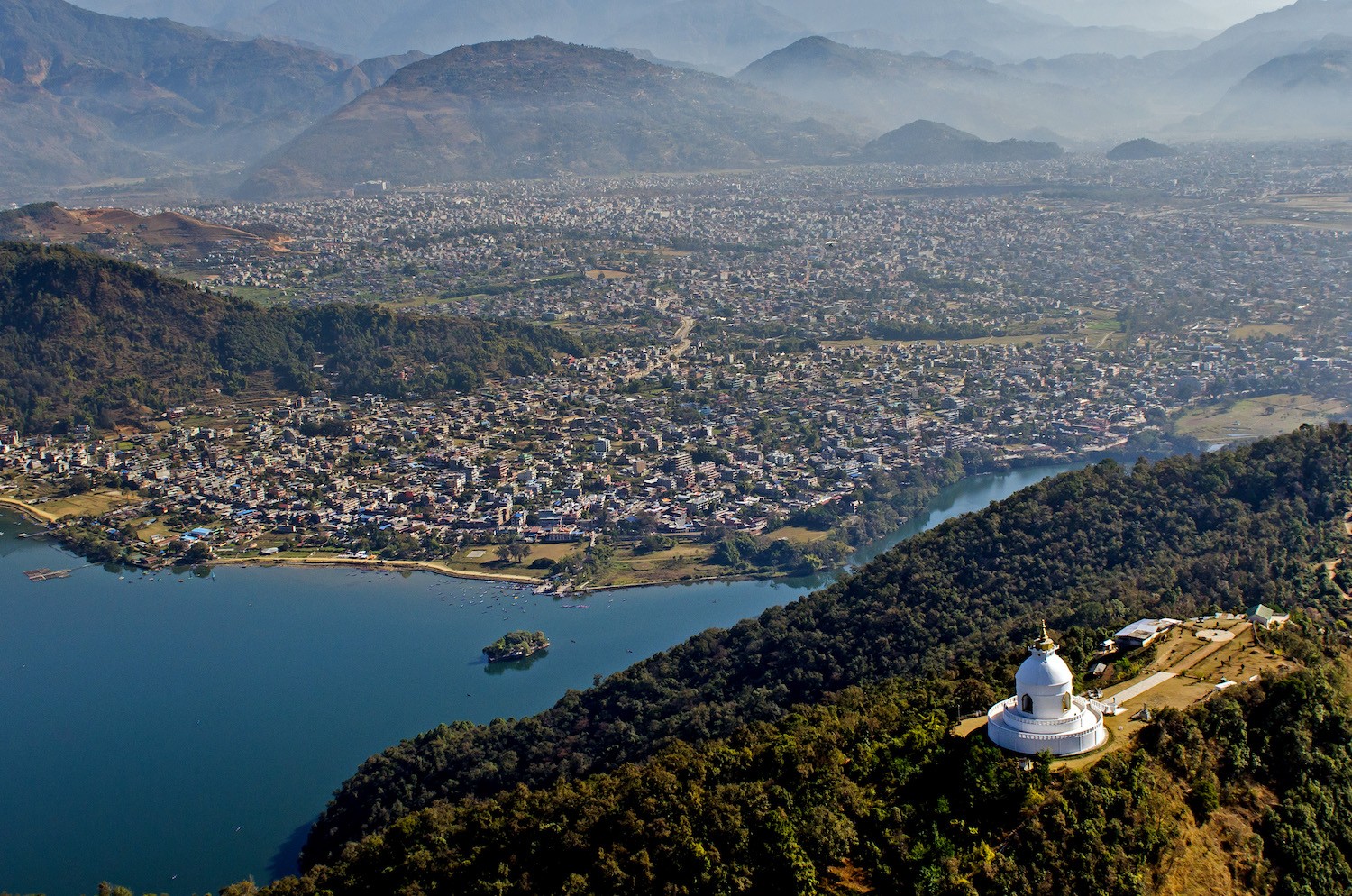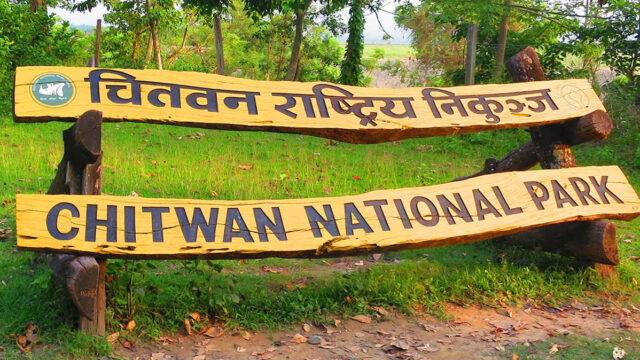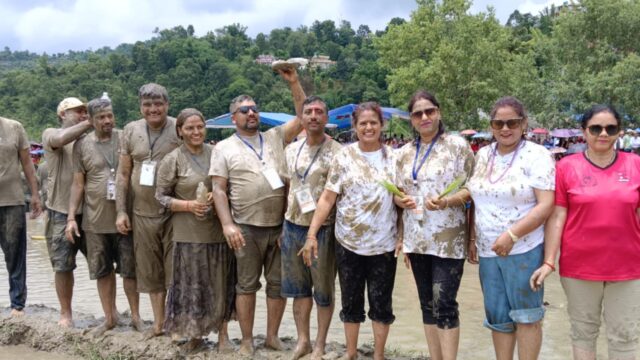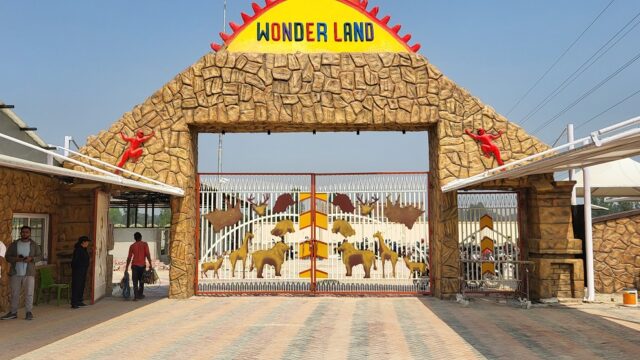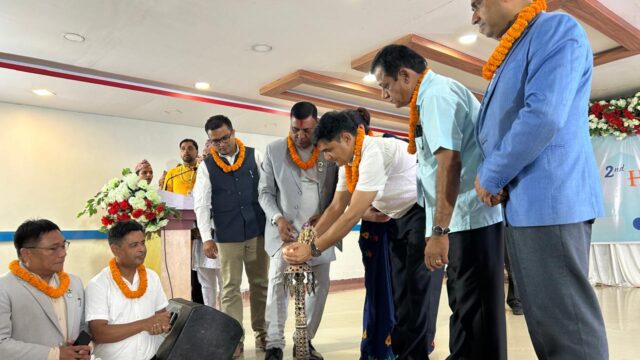Despite the onset of the peak tourist season, Pokhara’s tourism sector is grappling with lower-than-expected visitor numbers, leaving tourism entrepreneurs concerned. Known for its breathtaking views of the Himalayas and serene lakes, Pokhara usually attracts a large influx of tourists during October and November. However, this year, hotel occupancy rates have dropped significantly, with occupancy hovering around 40-45%, compared to the usual 90-95% during the same period in previous years.
Laxman Subedi, President of the Hotel Association Pokhara, attributes this decline to the lingering effects of the COVID-19 pandemic, which has continued to affect the tourism sector. “We haven’t returned to pre-COVID conditions yet. In previous years, hotels would see 70-80% occupancy, but now it’s barely half,” Subedi remarked. He further explained that weakened global economies and reduced spending capacity among both international and domestic tourists have impacted the industry, which has been struggling for a prolonged period.
Subedi also pointed out that while significant investments have been made in tourism infrastructure, especially with the construction of Pokhara International Airport, the number of foreign visitors has not increased proportionately. “The number of hotels has increased, leading to higher room capacity, but foreign tourist arrivals have not grown accordingly. This has added to the concerns of local business owners,” he noted.
The irregular international flights at Pokhara International Airport and high airfare costs have further hindered the influx of foreign tourists. Naresh Bhattarai, the operator of Hotel Mount Kailash, reflected on past years when rooms would be fully booked a month in advance. “It used to be quite hectic during this time, but now we’re operating at only 30-35% occupancy,” he said, citing factors like airline and road accidents, along with natural disasters, as ongoing challenges.
Bhattarai emphasized the need for improved infrastructure and reliable management to make Pokhara a safer destination. He stressed that enhancing roads, hotels, and other facilities is essential for ensuring a secure and comfortable experience for visitors. “The weather is clearing up, offering beautiful views of the mountains from the shores of Phewa Lake, making it an ideal time for adventure activities, yet there aren’t enough tourists to enjoy it,” he added.
Sangeeta Poudel, Vice President of the Nepal Association of Tour and Travel Agents (NATTA) Gandaki echoed similar concerns, noting that Pokhara’s tourism sector has been sluggish in recent years due to various factors. “The mountains are visible, and the environment is peaceful, but there aren’t enough tourists to enjoy this beautiful setting,” Poudel explained. She added that hotels are still operating at just 30-40% occupancy during the peak season, a situation that has severely impacted both tourism businesses and the local economy.
Taranath Pahari, President of the Pokhara Tourism Council, expressed optimism about the tourism potential generated by the international airport and Pokhara’s status as a “tourism capital.” However, he lamented the lack of necessary infrastructure and promotional activities. “We have declared Pokhara a tourism capital, but the required infrastructure and promotional efforts haven’t materialized as expected. Tourism cannot solely rely on private sector efforts; it requires an integrated approach and collective action,” Pahari emphasized. He also called for the government to implement a clear tourism policy and prioritize its execution.
Pahari suggested that cooperation with airline companies to reduce ticket prices, along with international promotion and digital marketing efforts, would position Pokhara as a global adventure and cultural tourism destination, which could help revitalize the tourism industry.
Krishna Acharya, President of the Trekking Agencies Association of Nepal (TAAN) Gandaki, echoed concerns about the lack of improvement in Pokhara’s tourism this season, particularly in trekking activities. “We haven’t seen the expected improvement, especially in trekking. Many trekking routes have been displaced by motorable roads, which has significantly reduced the number of trekkers,” Acharya said. He emphasized the need for government intervention in preserving and promoting the globally renowned Annapurna Circuit and other trekking routes.
To revive Pokhara’s tourism, Acharya called for special travel packages aimed at both domestic and international tourists. He believes that only by attracting trekkers can Pokhara’s tourism industry regain momentum, leading to increased hotel occupancy rates.
On a brighter note, Dhanraj Acharya, Mayor of Pokhara Metropolitan City, shared that the city has prioritized sustainable tourism development and international promotion. With “Pokhara Visit Year 2025” on the horizon, Acharya stated that policies and programs are being developed to promote sustainable planning, international marketing, and domestic tourism. He further revealed plans to position Pokhara as a premier destination for meetings, incentives, conferences, and exhibitions (MICE) tourism, with three major international events already in the pipeline.
Construction of the Muglin-Pokhara highway is expected to be completed by December 2025, along with the establishment of regular international flights at Pokhara International Airport, which will further boost tourism. Acharya also highlighted the city’s initiatives to offer unique experiences for tourists, including eco-friendly programs centered on local arts, culture, rural life, and green tourism concepts.
With over 1,200 tourist-standard hotels in Pokhara and a collective capacity to host 40,000 guests, the tourism sector has seen an investment of over NPR 600 billion, with NPR 500 billion in hotels alone, according to Subedi. The sluggish arrival of tourists has affected the livelihoods of more than 15,000 people directly employed in the tourism sector. Entrepreneurs believe that overcoming these challenges will require close collaboration between the government, the private sector, and local communities to re-establish Pokhara as a safe and attractive destination for travelers.
Source: RSS
